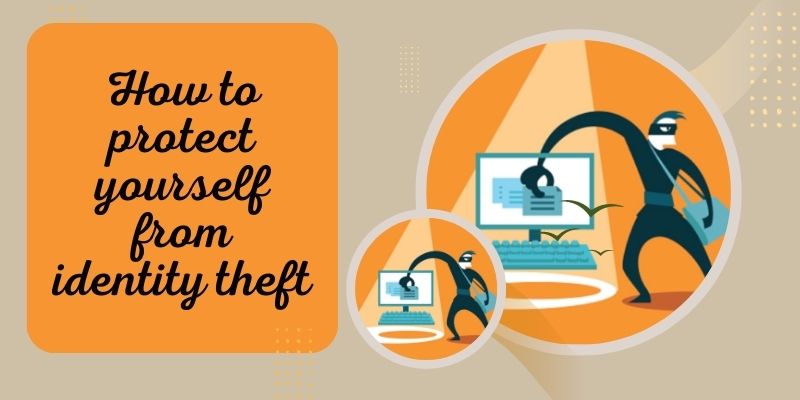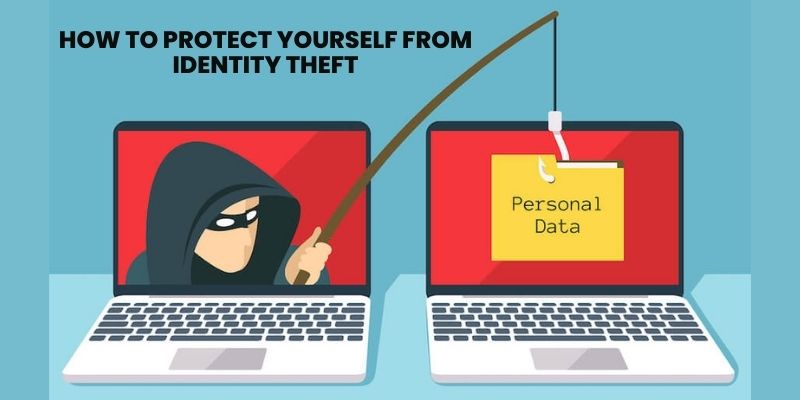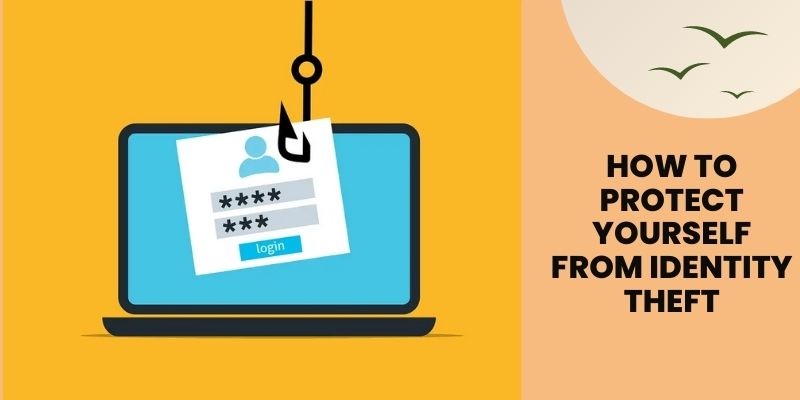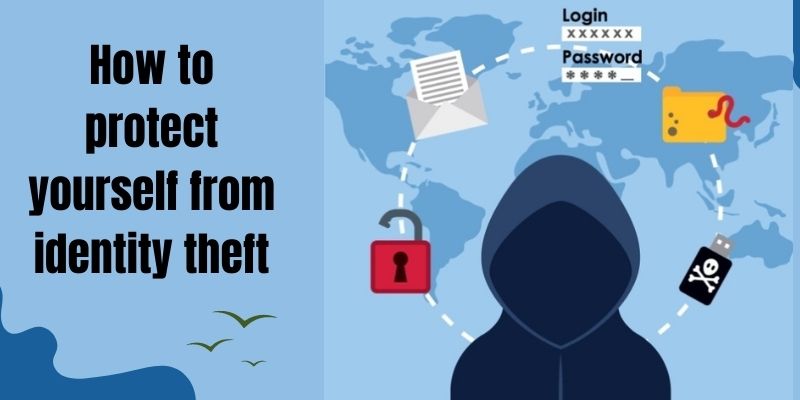Every year, identity theft, whether through bogus accounts or credit card numbers, affects millions of people. Tens of billions of dollars are stolen annually as a result of identity theft, which is a lucrative industry.
And some of the tens of thousands of data breaches that happen annually contribute to identity theft. Even if you can’t stop a breach from disclosing your personal information, there are steps you can do to lower your chance of fraud or identity theft—and lessen the effects of either. seao.info will provide for you 7 ways How to protect yourself from identity theft.
What is identity theft?

Identity theft occurs when someone uses your personal information to commit fraud against you or steal from you. Your bank and investment accounts might be drained, you could get new credit lines opened, you could get utility service, you could get your tax refund stolen, you could use your insurance information to receive medical care, and you could even tell police your name and address when they are apprehended.
You might already have had access to your information due to frequent data breaches. It makes sense to take precautions in this new environment to stop criminals from abusing your personal information and harming your financial situation. So How to protect yourself from identity theft? Let’s find out in the below.
How to protect yourself from identity theft
Although millions of people are victims of identity theft each year, there are ways to lessen your chances of falling victim. How to protect yourself from identity theft By following these easy precautions, you can start preventing identity theft.
1. Keep yourself safe online
It’s critical to understand How to protect yourself from identity theft as our lives grow more and more digitally connected. Here is how to get going:
- Don’t divulge private information on social media.Social media can be used to collect personal information that could be stolen identities. Therefore, be careful what you share and avoid posting any personally identifiable information (PII) on social media, such as your complete name, Social Security number, driver’s license number, bank account number, email address, or passport number. Additionally, never send personal information (PII) through messaging, especially to strangers or businesses.
- Don’t use unprotected wireless networks to access personal accounts.You might be placing yourself in danger if you ever use a public Wi-Fi network to access your bank account, such one at a coffee shop or library. Since you never know who might be looking, it’s probably best to avoid accessing sensitive information, like your bank account, on a public Wi-Fi network. If left unattended, even your personal Wi-Fi network exposes you to theft. Create a password requirement for your home Wi-Fi network to ensure its security.
- Use multifactor authentication and strong passwords to secure your accounts.One of the main reasons for data theft is weak or stolen passwords. However, they’re also among the simplest things to enhance. You can strengthen the security of your password by:
- Never make use of the same password for several different accounts.
- making use of a password manager when practical.
- protecting written passwords.
- avoiding utilizing widely used passwords on your accounts.
2. Don’t give out personal information to unverified sources

Think twice before providing any personal information, whether it comes in the form of a dubious phone call or a convincing-looking phishing email that requests you to click a link or download an attachment.
A warning sign should be raised if an email appears excessively urgent and requests an immediate response. Call a valid hotline or log on to the legitimate website to first confirm the request. Use a phone number from your bill or your card to call the financial institution or credit card provider back if it is them.
3. Regularly review bills and account statements for unusual activity
How to protect yourself from identity theft, With the hope that you won’t notice charges or questionable activities, identity thieves frequently start small. Regularly monitor your online accounts to make sure you are aware of all costs, checks, and withdrawals. To check that a thief hasn’t diverted your mail to another address if a regular bill doesn’t appear, phone or log into your account directly.
4. Protect your paper records, too
If your paper records are not properly protected, identity thieves may also be able to steal your personal information from them. How to protect yourself from identity theft, You can do the following to protect your physical records:
- protecting crucial documents at home. Place them in a safe or a lockable filing cabinet to ensure their safety.
- Shred any documents that include sensitive information that you no longer require, such as pre-approved credit card offers, paid bills, and receipts.
- deleting your Social Security number from checks and bank statements, as well as any other place it shouldn’t be.
5. Be aware of your surroundings when using your card

While there are risks associated with buying online, identity fraudsters may still try to access your data while you are physically shopping. How to protect yourself from identity theft, Understanding the following can help you defend yourself:
- card-scanning devices. Use caution whenever you use your physical card at a point of sale site, such as an ATM or a gas pump. Credit card skimmers are devices that mimic standard card terminals in appearance while secretly collecting your data.
- Surfing the shoulders.As you enter information into your phone, laptop, ATM, or PIN pad, someone looking over your shoulder could steal important details like your password, ATM PIN, or card number.
- smartphone data collection.When using an ATM or making purchases, be aware of others who are standing close. Criminals have been known to monitor and steal information via their telephones.
6. Check your credit report regularly
Make sure your credit report is accurate and only contains accounts and activity you have given permission for at least once a year. There are also ways to report fraud if you believe you may be a victim of it.
7. Freeze your credit report if you find suspicious activity
You can freeze your credit for free at any time if you discover questionable behavior on your credit report. A credit freeze limits who can see your credit report and stops others from obtaining new credit lines. And it will continue until you decide that lifting the freeze is okay.


